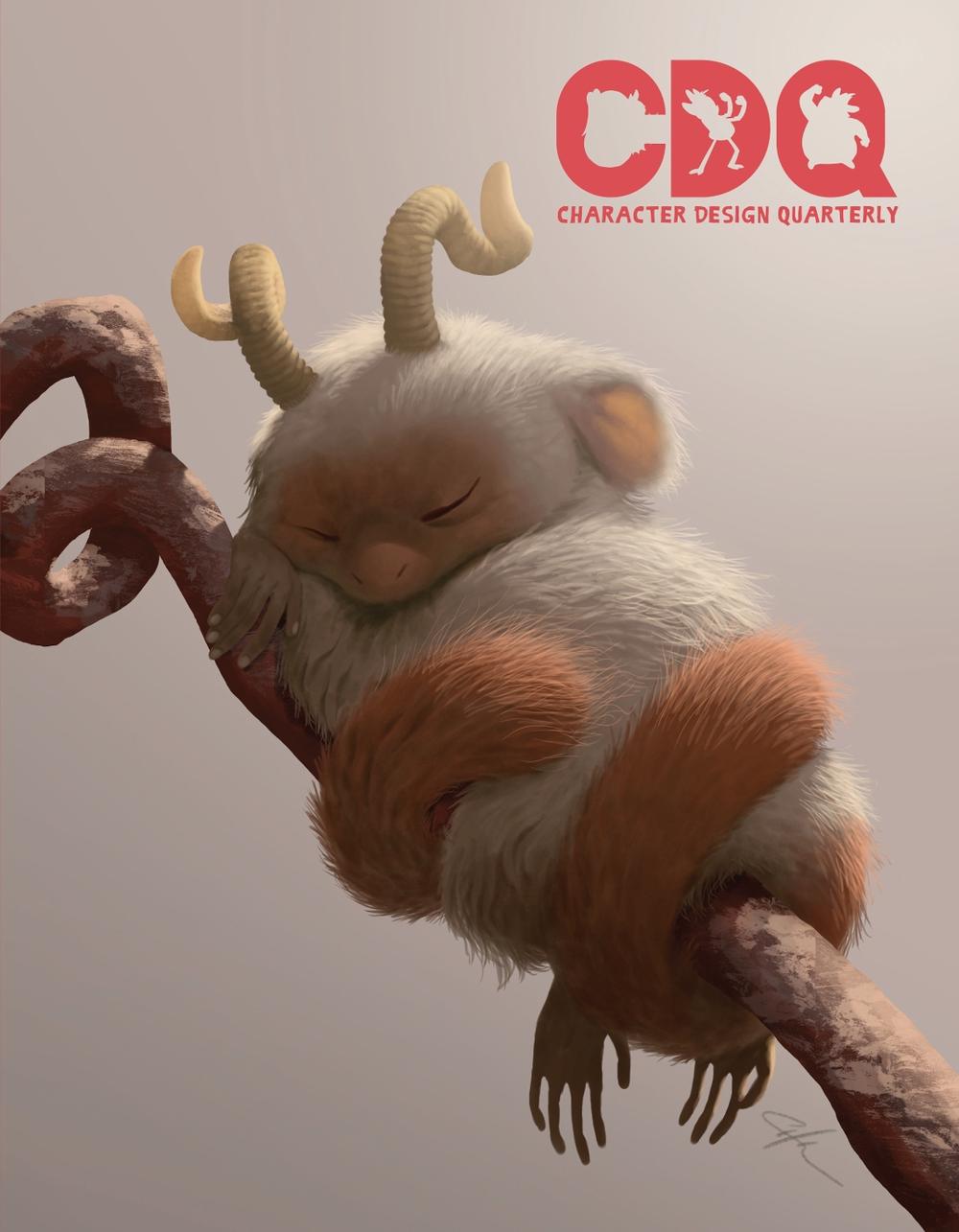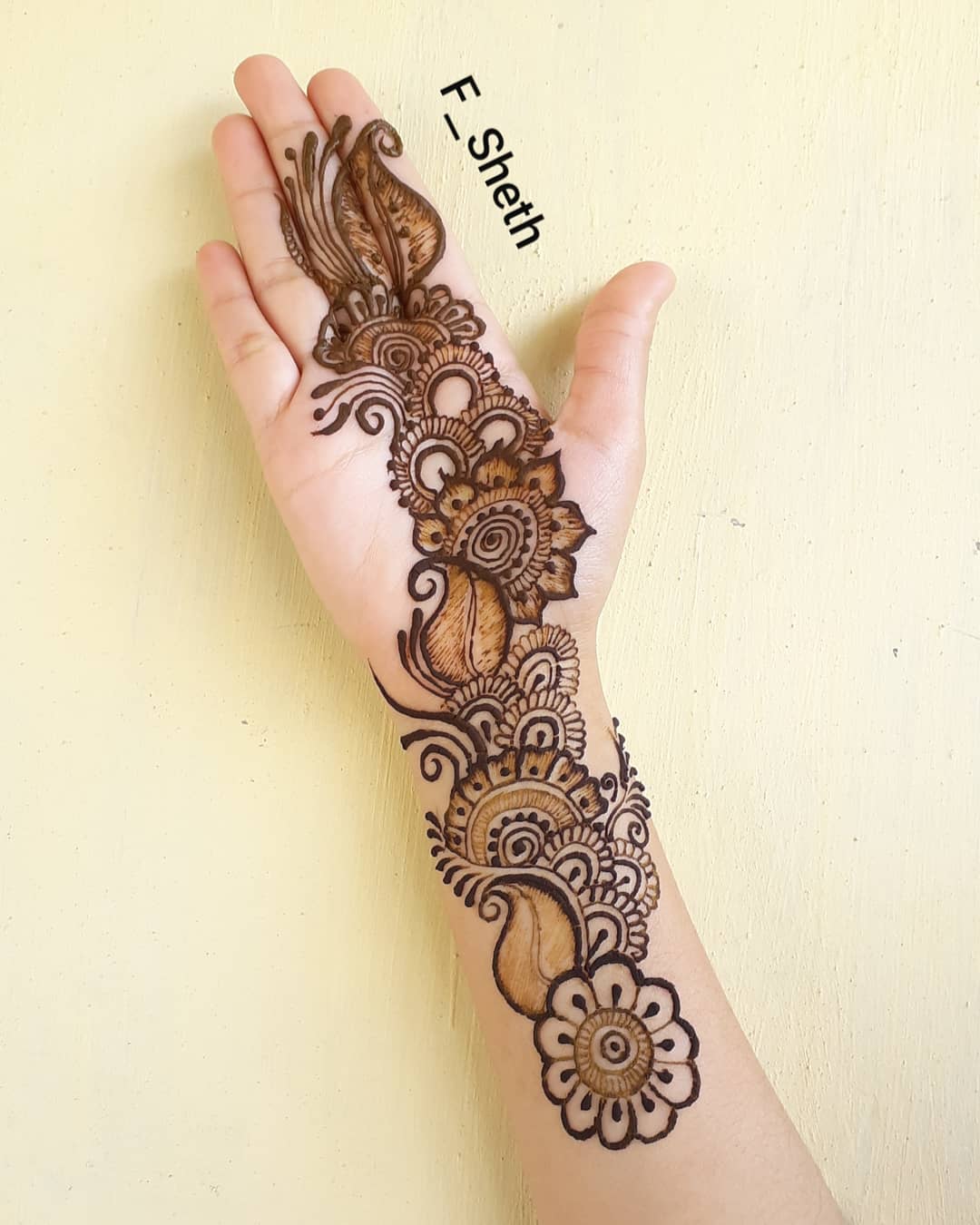Table Of Content

Meanwhile, Isadora Zeferino and Sheena Dempsey lead us through the fascinating world of the children’s book industry. Finally, cover illustrator Cécile Carre shares the skills that have propelled her from qualified engineer to accomplished character designer. CDQ 26 is packed with ideas and inspiration, with a whole host of tutorials, interviews, and gallery artwork from professional artists all across the globe. Successful character designer, visual development artist, and illustrator, Mila Useche, shows us how she created this issue's colourful cover. Character Design Quarterly issue 08 is bursting full of inspiration for artists, animators, illustrators and character art enthusiasts.Issue 08 is teeming with fantastic original content from talented international designers.
Character Design Quarterly issue 27
These days, most clients will be expecting some sort of digital file for easy storage and sharing, usually an original source file from a program like Photoshop and a simple image type such as JPEG. Exaggerated, cartoony or oddball characters are not excluded here—if anything, you should make more of an effort to ground them in realistic traits that people will easily recognize. Even if you are not planning to animate the character, you will imply physicality in their pose and should understand how they move and distribute their weight. I highly recommend this magazine for anyone who loves creative art & illustration. For example there’s a chapter on “capturing a character’s essence” with stylized artist Simone Grünwald.
Character Design Quarterly - 1 Year subscription
Unfortunately, there’s not always a straightforward way to know whether you’ve chosen the right destination. Creating art is a process of blind feeling, aesthetic judgement and trial-and-error. It is often up to the illustrator to interpret the brief, ask the right questions, read between the lines, and distill the client’s explanation into core character traits. Your ideas should not contradict the brief, of course, but keep in mind that you were hired for your expertise. In many cases, the client will be expecting you to expand on the concept in novel ways that will not have occurred to them.
Character Design Quarterly - Sample Issue 2021 (Download Only)
In addition, researching the work of other artists on similar concepts or designs for similar audiences can also help you see what is common and how your character can be different. Character Design References (CDR) is an online platform that celebrates and showcases exceptional character-focused art within the realms of animation, illustration, games, and comics. It stands as a vibrant hub for the largest community of character designers on the Internet, uniting over 1 million artists, art enthusiasts, and animation fans from across the globe. Elsewhere, we interview the founders of MUTI, a studio of illustrators and designers based in South Africa, and showcase their contemporary artwork. We also catch up with Annie Award winner Amanda Jolly about her impressive career in character design, working for clients from Sony to WAG, to Disney and now Netflix Animation.

Character Design Quarterly - Sample Issue 2019 (Download Only)
CDQ 26 is packed with inspiring tutorials and insightful tips for improving your designs. Learn how how to create characters prefect for a children's storybook with Rahaat Kaduji. If you are going for a more painterly style, you can blend these tones by using a brush with a lowered opacity and sampling new grey tones periodically using the eyedropper tool.
CDQ 21 is packed with tutorials and step-by-step guides, fascinating insights into working in the industry, and pages and pages of beautiful artwork from established and upcoming artists. CDQ 22 is full of fun and insightful tutorials from a wide range of industry professionals. Melanie Tikhonova explores how shape language affects design, while Eirini Michailidou shows us how to create characters from three generations of the same family. But while the client’s preference determines the format of your final design deliverable, you can use any tool you like before you get to that point. For example, many of the character artists we interviewed prefer doing preliminary sketches on paper.
"Re: Zero" Looks Ahead To Second Cour's New Story With Character Design Previews - Crunchyroll
"Re: Zero" Looks Ahead To Second Cour's New Story With Character Design Previews.
Posted: Wed, 22 Jun 2016 07:00:00 GMT [source]
The design has to evoke who the character is and that means the designer must be skilled at using nonverbal, visual elements such as expression, gesture, color and clothing to communicate personality traits. This is especially true for simplistic character styles, where the designer has to communicate more with less. She offers a ton of sketches and digital paintings along with advice on analyzing subjects, selecting colors, and knowing when to abandon or refine an idea.
Gegege no Kitaro Anime's Mook Features Character Design Evolutions, Interviews, Original Designs by Shigeru Mizuki - Anime News Network
Gegege no Kitaro Anime's Mook Features Character Design Evolutions, Interviews, Original Designs by Shigeru Mizuki.
Posted: Sun, 15 Jul 2018 07:00:00 GMT [source]
Tat*: Inspirational Graphic Ephemera
CDQ 28 is packed with ideas and inspiration, a whole host of tutorials interviews, and gallery artwork from professional artists all across the globe. Bursting from the pages of issue 11 are dynamic tutorials, in-depth interviews, and expressive characters from a selection of the industry’s most talented creators. And lastly, relish a jam-packed gallery of engaging artwork by Roma Gewska, Madison Harper, and Leonard Furuberg. At CDR, we curate and share exquisite artworks on a daily basis, providing a constant source of inspiration and creative fuel for our passionate community. We gather the finest references and tutorials, serving as a valuable resource for artists seeking to refine their skills and explore new techniques in character design. Through our collective appreciation for visual arts, we foster a dynamic and supportive environment where artists can connect, collaborate, and grow together.
Nathanna Érica shows us how she created this issue’s paper-crafted cover and speaks to us about her inspiration, career, and more. CDQ 25 is packed with ideas and inspiration, with a whole host of tutorials, interviews, and gallery artwork from professional artists all across the globe. Lynn Chen shows us how she created this issue's colourful cover and speaks to us about her distinctive style, career, and more. CDQ 27 is packed with ideas and inspiration, a whole host of tutorials, interviews, and gallery artwork from professional artists all across the globe. We welcome Dave Guertin back to CDQ as he shows us how he created this issue's engaging cover and talks about his process and career. Cute creatures, mythological beasts, and hilarious human characters leap from the pages to offer precious inspiration.
I’m only reviewing the first issue of this magazine as an intro to what it offers. New issues are released each quarter so it’s best to check the main site for subscription details. Kenneth Anderson creates a 70s rock band, Johanna Forster brings fruit to life, and Sara Paz shows us how to create characters from reference photos. Astre is a stunning new art magazine, featuring exclusive pieces from some of the best artists in the world. With 100 pages, luxury finishes, mixed paper types, pull-out prints, artist insights, and incredible artwork, Astre is a magazine like no other. Be sure also to convert the image to black-and-white and adjust the contrast to really help the linework come through.
Juan Useche shows us how age can affect a character design, and Bertrand Todesco combines time travel with the Wild West to stunning effect. Also in this issue, we ask Sara Paz about her art, careers, and advice for budding artists. Ben Eblen creates a character from a simple prompt, and Alex Jensen shows us how to design a cast of superheroes. With so much to explore, there’s something for everyone inside this issue of CDQ, no matter your skill level or experience. Character design might look like artistic magic, but it actually involves thought, experimentation and hard work to get a successful result. While the steps we’ve laid out here can help give you a starting framework to develop your character designs, it takes time and practice to hone your skill as a character artist.
Kenneth Anderson shows us how he created this issue’s colorful cover art, and speaks to us about his inspiration, career, and more. Learn how to redesign classic characters in an in-depth tutorial by Ioana Sopov as she demonstrates how to update the evil queen character trope. And if you’re looking to create a journal of ideas for future projects, Jose Ciceraro shares tools, techniques, and mindsets for keeping a sketchbook.
There are a number of brainstorming techniques that can help you develop your character profile. One of the most helpful for character design is word association, starting with some keywords from the brief and coming up with related words that come into mind, either via mind-mapping or writing a straightforward list. The reason being that singular words keep ideas simple, distilling them to their essence, and this comes in handy when you need to communicate those traits visually.
Study an in-depth tutorial by Jefrain Gallipoli and learn to effectively develop a character whose appearance perfectly encapsulates the feeling of amazement. If you are looking to begin with the basics, listen to Tom Hänni as he speaks the language of shape, and offers tips on how to loosen up and get started. For aspirational experience, advice, and masterful artwork, peruse interviews with versatile creator, Patrick Schoenmaker, imaginative children’s book illustrator, Lina Dūdaitė, and renowned Disney veteran, Armand Serrano. You can find reference material from virtually any source—Pinterest, Google images, ArtStation, Dribbble, even your own camera roll.

No comments:
Post a Comment